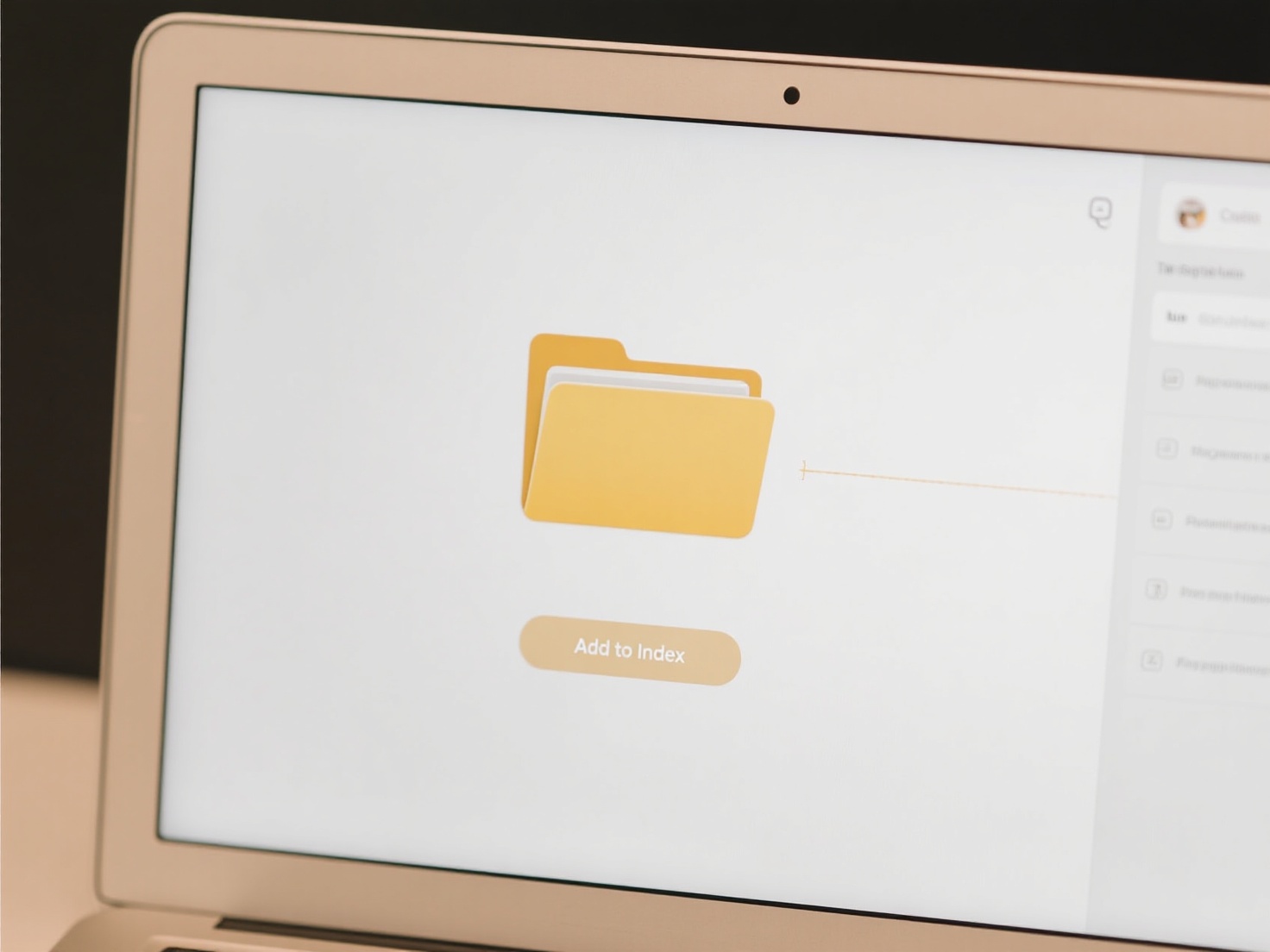
Cloud storage services typically retain deleted files temporarily instead of permanently erasing them immediately. When you delete a file or folder in cloud storage (like Google Drive, Dropbox, or OneDrive), it is often moved to a special "trash" or "recycle bin" folder within your account. This differs from local hard drive deletion where files might bypass the recycle bin or be overwritten quickly. Most platforms also utilize versioning systems, keeping previous copies of files as they are modified, which can act as a backup source.

The ability to recover depends on your provider's policies and your subscription level. For instance, Google Drive keeps items in the Trash for 30 days before permanent deletion, allowing recovery during that period. Microsoft OneDrive often has a two-stage deletion: items go first to the Recycle Bin and then to a secondary "Deleted Items" folder for another period. Enterprise versions of these platforms frequently offer extended retention periods and more robust version history.
Major advantages include ease of recovery without needing specialized software and protection against accidental deletion due to the trash folder buffer. Critical limitations are the defined retention windows; after expiration, recovery is usually impossible. The level of version history also varies significantly between free and paid tiers. Permanent deletion happens automatically after the retention period, making timely action crucial. Companies handling sensitive data must also understand provider deletion compliance (like GDPR) to ensure data is truly purged when required.
Can I recover deleted files from cloud storage?
Cloud storage services typically retain deleted files temporarily instead of permanently erasing them immediately. When you delete a file or folder in cloud storage (like Google Drive, Dropbox, or OneDrive), it is often moved to a special "trash" or "recycle bin" folder within your account. This differs from local hard drive deletion where files might bypass the recycle bin or be overwritten quickly. Most platforms also utilize versioning systems, keeping previous copies of files as they are modified, which can act as a backup source.

The ability to recover depends on your provider's policies and your subscription level. For instance, Google Drive keeps items in the Trash for 30 days before permanent deletion, allowing recovery during that period. Microsoft OneDrive often has a two-stage deletion: items go first to the Recycle Bin and then to a secondary "Deleted Items" folder for another period. Enterprise versions of these platforms frequently offer extended retention periods and more robust version history.
Major advantages include ease of recovery without needing specialized software and protection against accidental deletion due to the trash folder buffer. Critical limitations are the defined retention windows; after expiration, recovery is usually impossible. The level of version history also varies significantly between free and paid tiers. Permanent deletion happens automatically after the retention period, making timely action crucial. Companies handling sensitive data must also understand provider deletion compliance (like GDPR) to ensure data is truly purged when required.
Quick Article Links
Can antivirus or sync software create false duplicates?
False duplicates occur when identical files appear unintendedly in a system. Antivirus software might create them when q...
Can a file work without an extension?
A file extension is the suffix at the end of a filename (like `.txt`, `.jpg`, `.exe`) that typically tells the operating...
Can I use a hash or UUID for file names?
A hash or UUID can be effectively used as a file name. A hash is a unique, fixed-length string generated from the file's...